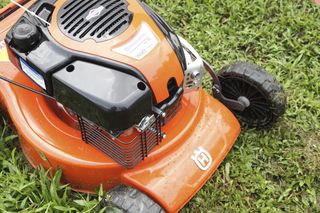
Soil testing: base your lawn care on facts, not estimates
Do you keep putting time, effort and fertiliser into your lawn, without getting the results you deserve? Maybe it’s time for a soil test.
A soil test gives you information about the PH level, the composition of nutrients and the clay-sand-humus balance of the soil in your lawn. This kind of analysis is routine for greens keepers and football field managers, but everyone with a patch of grass has a lot to gain from testing the soil once in a while. It can actually be the best investment you do for your lawn. A soil test will tell you what to do – but also what not to do. It gives you a cost-effective plan.
How to test
How to do a soil test varies in different parts of the world. But the general approach is to collect several samples of soil from different parts of your lawn, mix it together and send a part of it to a commercial lab. The lab will provide you with detailed information about the nutrient balance, PH-level and composition of your soil together with advice on what to do to create as good of an environment as possible for your lawn.
When to test
You can do a soil test any time of the year, as long as the ground isn’t frozen. And although any lawn, new or old, has a lot to gain from doing a test, there is one specific moment that is extra convenient for testing and that is when you’re laying new lawn. This is because when your land is free from grass plants, it’s easy to fix whatever imbalances – like raising the PH-level using lime flour – the soil test might show.
A year after laying the new lawn, it’s recommended to do a new test to make sure that you’re on the right track. After that – and for anyone with older lawns – a soil test every five years is sufficient for homeowners. Football field owners and other commercial landowners on the other hand, test their soil at least once a year.
The top three perks of soil testing
- A happy lawn – a happy homeowner. A soil test lays the foundation for a result that will put a smile on your face.
- Better return of investment. By learning what your soil needs, you eliminate the costs of ineffective efforts.
- Less pesticides. A healthy lawn that grows well keeps the weed under control on its own.









